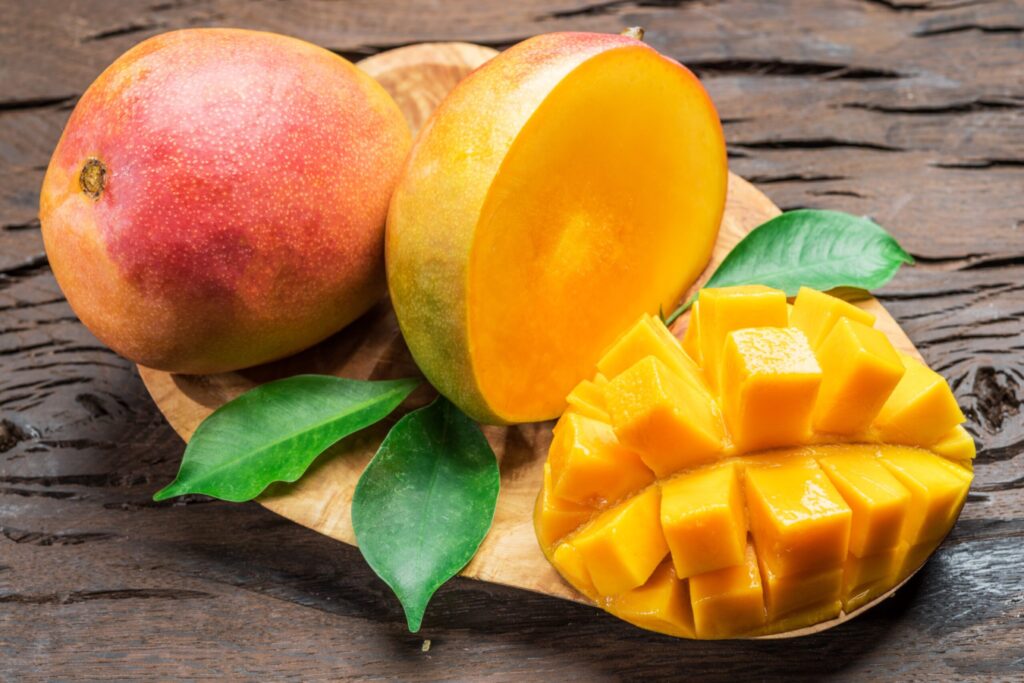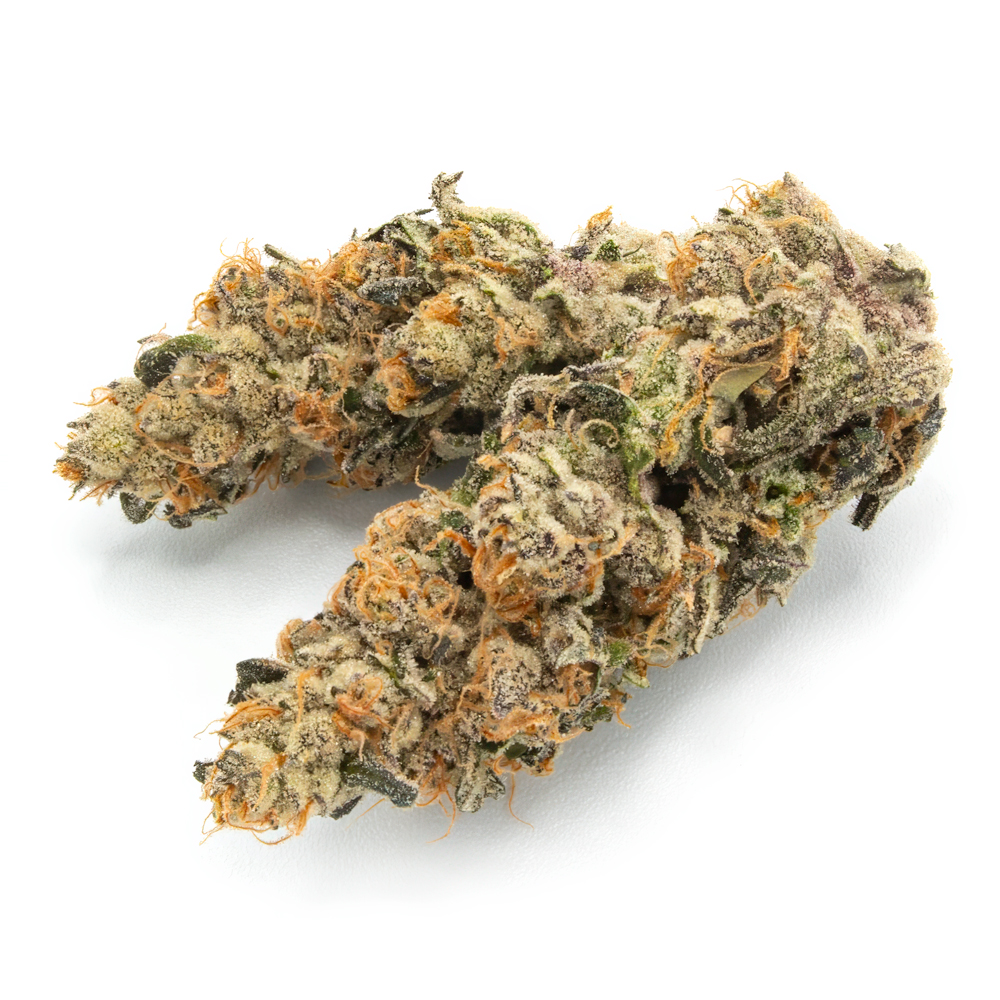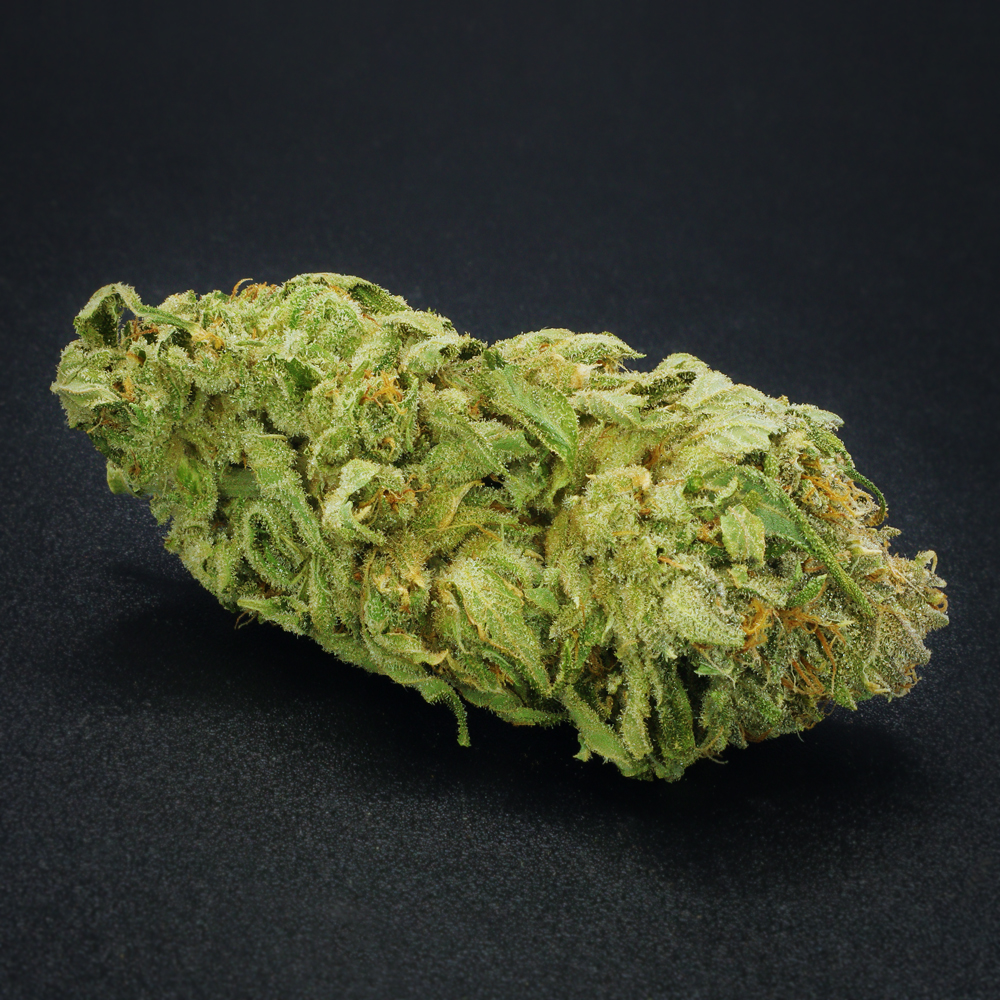Beta-Myrcene: WHAT IT IS, WHERE IT'S FOUND, AND THE BENEFITS

What is Beta-Myrcene?
Beta-myrcene, known as β-myrcene or myrcene, is the most common terpene found in cannabis. The aroma of this terpene is musky and herbal. Cannabis cultivars with high concentrations of beta-myrcene are typically better for nighttime use due to its sedating properties. For patients with chronic pain, this terpene can be a great option for pain relief because it has muscle relaxing and anti-inflammatory properties. Beta-myrcene is commonly associated with mangoes, and there’s a theory that eating a mango before consuming cannabis will increase the effects. You can find this terpene in many different plants, and it has a variety of uses commercially and therapeutically.
Where is Beta-Myrcene Found?
Mangoes are well-known to contain beta-myrcene, but it is also found in several other types of plants. This terpene can be found in citrus fruits, hops, thyme, lemongrass, juniper, and maple trees. It is used as a fragrance for cleaning products, car fresheners, and insect repellent. Food and beverage companies also use beta-myrcene as a flavoring agent for its mildly spicy, earthy, and musky flavor.
Potential Therapeutic Benefits
A few studies have tested the anticancer properties of beta-myrcene. A review on the potential health benefits of beta-myrcene references several studies that have found that this terpene could be effective against different types of cancer. For example, a study on lung cancer cells found that beta-myrcene was effective at initiating cancer cell death.
The essential oil of Lippia alba, a flowering verbena plant, has anticonvulsant properties and contains beta-myrcene along with other terpenes. A study on mice was conducted to determine the active compounds responsible for this effect. Beta-myrcene, d-limonene, and citral are believed to have anticonvulsant effects when taken orally. Another study tested the anticonvulsant effects of the essential oil from a flower from Madagascar that contains beta-myrcene, linalool, and d-limonene. The oil was found to have anticonvulsant properties and had a moderate sedative effect. This evidence suggests that beta-myrcene and other terpenes found in cannabis may help patients with seizures.
A study was conducted on mice to test the anti-inflammatory effects of the essential oils from two flower species that contain d-limonene and beta-myrcene. The results found that both terpenes taken orally has anti-inflammatory effects. Another study was conducted to test the effectiveness of both beta-myrcene and d-limonene. The results show that beta-myrcene has anti-inflammatory effects that could help with slowing down the progression of osteoarthritis.
Antioxidants are compounds that help remove potentially harmful substances known as free radicals from the body. Many substances found in plants are antioxidants, and beta-myrcene may be one of them. A study done on carp (a type of fish) investigated the effects of beta-myrcene and menthol on the negative effects of ammonia toxicity in fish. The researchers found that both terpenes were possibly effective antioxidants. In addition, a study on rats tested the antioxidant activity of beta-myrcene, curcumin, and cineole taken orally. Beta-myrcene, as well as the other two compounds, were found to have antioxidant properties.
Studies have found that beta-myrcene increases permeability of the blood-brain barrier, allowing for improved absorption of cannabinoids into the brain. This may be the explanation for why eating mangoes, which are high in beta-myrcene, may increase the absorption of cannabinoids into the body, which may enhance the effects.
Lemongrass is an herb that contains beta-myrcene and it is used in folk medicine for its therapeutic benefits for pain and sleep. A study with mice used beta-myrcene isolated from the essential oil of lemongrass. It found that this terpene is responsible for the antinociceptive (pain-relieving) effects. Another study using lemongrass essential oil also found that beta-myrcene has pain relieving properties. In addition, a study on the essential oil of a type of basil, Ocimum gratissimum, which is a popular medicinal plant for treating pain, was studied for its pain relieving properties. The results show that the oil and its active components, the terpenes eugenol and beta-myrcene, were effective at reducing neuropathic pain.
There is a theory that certain terpenes contribute to the sedative effects of cannabis, and beta-myrcene is believed to be one of the best for sleep. A study was conducted using the essential oil of Lippia alba, and it found that beta-myrcene and two other terpenes had sedative and muscle relaxant effects.
Cultivars with Beta-Myrcene
If you’re interested in using a cannabis cultivar that contains beta-myrcene, check out our menu for available options. The terpenes testing is listed in the cultivar description for flower, vape, and concentrate products.



Disclaimer: This is an educational document and is not intended to be taken as medical advice. Please consult your medical provider if you have questions related to your healthcare.
Updated June 28, 2024
